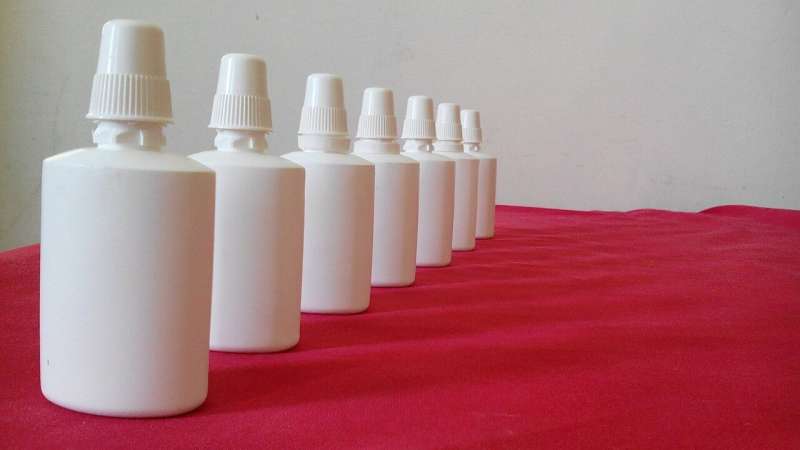
Impel NeuroPharma, a Seattle-based biopharmaceutical company, received approval from the U.S. Food and Drug Administration last week for its novel nasal spray that treats migraine headaches.
The therapeutic, called Trudhesa, involves the use of Impel’s patented device called the POD, which sprays dihydroergotamine mesylate (DHE) into patients’ noses more precisely so it reaches the upper nasal cavity. This part of the nose is highly vascular and allows for faster drug uptake. Impel says it is the first ever to deliver any drug to the area.
“Finally we’re delivering to patients what they need, and that is efficacy on-demand,” said Impel CEO Adrian Adams.
DHE is already approved to treat migraines via injections and intravenous infusions. Other nasal sprays with DHE exist, however, none targets the upper nasal cavity.
The problem with nasal sprays, generally speaking, is that the liquid drips down patients’ throats, said Dr. Matthew Robbins, a neurologist at Weill Cornell Medicine who is not affiliated with Impel. This limits how much is actually absorbed in the nose, and hence how fast and effective the drug can be. “It’s almost like taking a tablet, if you’re just going to swallow the liquid that goes into the nose.”
With the POD’s precision and ability to reach the upper nasal cavity, Impel says it minimizes that issue.
Impel said its Phase 3 study treated 5,650 migraine attacks. Thirty-eight percent of patients experienced “pain freedom” two hours after their first dose of Trudhesa, and 66% experienced “pain relief.” Most patients in the first category reported remaining pain-free two days after taking the drug. The most common adverse side effect was nasal congestion, reported by nearly one in five patients.
Impel was co-founded by Seattleite John Hoekman, who has researched nasal drug delivery since college and completed a Ph.D. on the topic at the University of Washington. While completing his thesis, Hoekman pitched an idea for a nasal drug device in 2008 at a UW business plan competition. That idea later became Impel.
“Everyone always thinks, ‘Why can’t drugs be developed faster?'” said Hoekman. “What I’ve learned along the way is that it is such a highly regulated environment, [and] every step has to be done so deliberately, carefully planned out, documented, quality checked … that is all in place for very good reason.”
Migraines affect 39 million people in the U.S., 28 million of whom are women, according to the Migraine Research Foundation. The foundation estimates migraines cost the U.S. up to $36 billion annually in lost productivity.
Impel said the drug will become commercially available in October. It expects to price Trudhesa between $600 too $850 for four doses, “likely to be at the higher end of that range,” said Adams. That puts the drug at a lower price point than other comparable migraine drugs, many of which cost more than $900.
The company is focused on building its sales force and persuading insurance plans to cover Trudhesa.
Leonard Paolillo, chief commercial officer at Impel, said the company expanded its commercial team from four to 21 people this year and made offers to 60 more potential salespeople, contingent on FDA approval.
“A successful product launch is not what you do just at launch, it’s what you do before,” said Adams, who said he has been a part of 26 drugs to get FDA approval throughout his career.
Robbins, of Weill Cornell Medicine, said approval and adoption of medications are two separate challenges. He wants to know how tolerable the drug will be and “whether or not people are going to like it,” given its unique mode of action.
He also pointed out that commercial drug launches can reveal additional side effects. For example, in 2016, a skin patch migraine drug was pulled off the market even after FDA approval because of burning sensations not widely observed in clinical trials.
The company went public in April, raising $80 million, and closed a $50 million debt financing in July.
Source: Read Full Article
